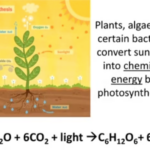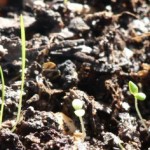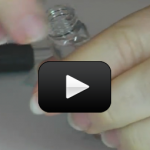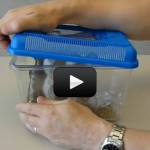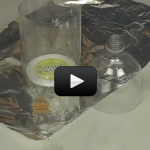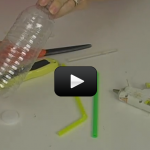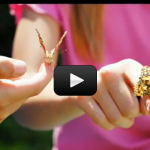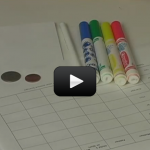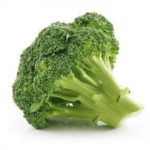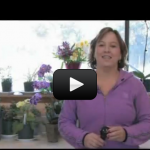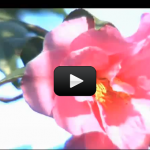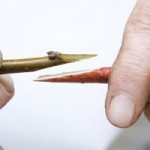Getting Started
Studying life science is more than just growing plants from carrot seeds in the backyard. They help us discover the world around us by noticing things we may have not wondered about before.
Why do families share similar features like eye and hair color? Why aren’t they exact replicas of each other? And why do plants still reach for the sun, defying even gravity if they're planted on the side of a hill?
These questions and many more will be answered in this section as we look at the different areas of life science by studying life cycles for different animals and plants, genetic traits, environmental habitats, and much more.
Here are the scientific concepts:
- Many characteristics of an organism are inherited from the parents. Some characteristics are caused by, or influenced by, the environment.
- The germination, growth, and development of plants can be affected by light, gravity, touch, or environmental stress.
- Plants and animals have structures that serve different functions in growth, survival, and reproduction.
- Producers and consumers (herbivores, carnivores, omnivores, and decomposers) are related in food chains and food webs, and may compete with each other for resources in an ecosystem.
- Plants depend on water and light to grow.
- Plants depend on animals for pollination or to move their seeds around.
- There are many different kinds of living things in any area, and they exist in different places on land and in water.
- Designs can be conveyed through sketches, drawings, or physical models. These representations are useful in communicating ideas for a problem’s solutions to other people
By the end of the labs in this unit, students will be able to:
- Design and build several observational experiments to study plants and animals in their natural habitat.
- Differentiate observation from inference (interpretation) and know scientists’ explanations come partly from what they observe and partly from how they interpret their observations.
- Measure and estimate the weight, length and volume of objects.
- Follow a set of written instructions for a scientific investigation.

